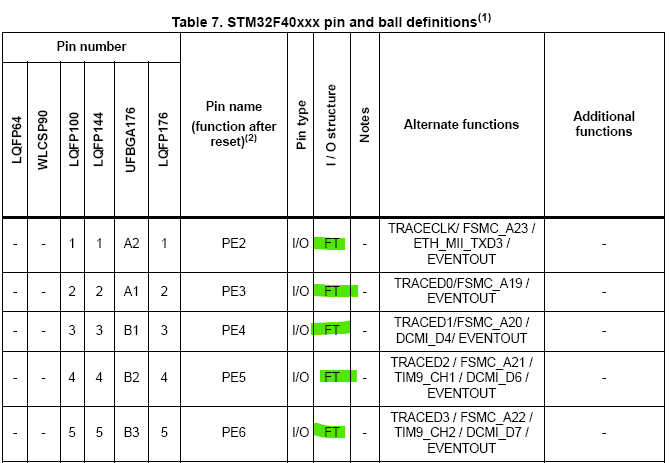In the design file of the board (MB997) I can see that the STM32F407 — DISCO board is fitted with a Schottky diode (D3) on its LDO output which has a voltage drop of ~0.3 V. That is why it works on a 3 V level for VDD. I, however, plan on working with external modules which use 3.3 V for logic, which may possibly fry the STM32 on the DISCO board, so I intend to short this Schottky diode in order to obtain 3.3 V and exclude the possibility of external modules frying up the board.
However, it is fitted because it prevents external voltage being applied to the LDO. If I will be careful enough not to do that, could there be any other drawbacks of doing this to my DISCO board in order to make it work at 3.3 V?




I, however, plan on working with external modules which use 3.3 V for logicDISCO's 3V output can be used for external boards as long as the total consumption is less than 100 mA. Might be worth considering. \$\endgroup\$